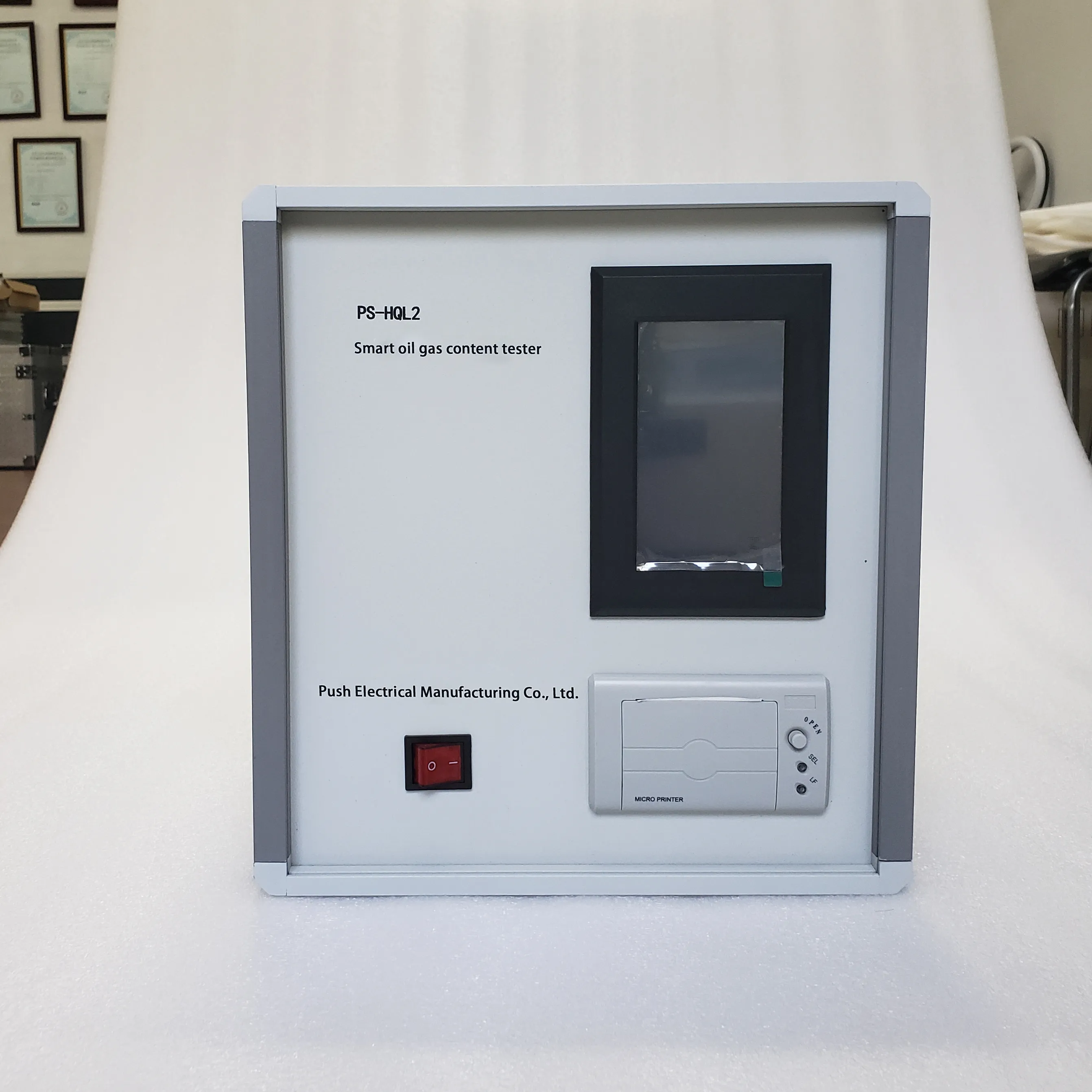 English
English


Cable Insulation Testing Standards
Cable Insulation Test Standards Ensuring Safety and Reliability
Cable insulation is a critical element in the design and manufacturing of electrical cables. It not only protects the conductive core from physical damage but also prevents electrical leakage and ensures safety in diverse environments. To ensure that the cable insulation meets necessary safety and performance criteria, various testing standards have been established. These standards dictate how cables should be tested for insulation integrity, durability, and overall performance.
One of the primary reasons for stringent cable insulation testing is to mitigate the risks associated with electrical faults. Poor insulation can lead to short circuits, equipment damage, and even hazardous situations like electrical fires. Therefore, following established testing protocols is paramount for manufacturers, installers, and users alike.
The International Electrotechnical Commission (IEC) and the American National Standards Institute (ANSI) are two prominent organizations that have defined guidelines for cable insulation testing
. These standards not only address the physical and chemical properties of insulation materials but also outline the methods and equipment required for testing.One of the most common tests is the Dielectric Withstanding Voltage Test (DWV). This test evaluates the ability of the insulation to withstand high voltages without breaking down. Cables are subjected to voltages significantly higher than their normal operating levels for a specified duration. A failure during this test indicates insufficient insulation strength, prompting further investigation or design alterations.
cable insulation test standard

Another crucial test is the Insulation Resistance Testing, which measures the resistance between conductors and the insulation. High insulation resistance values are indicative of effective insulation that can prevent electrical leakage. This test is particularly important for cables used in high-voltage applications, where even minor leaks can lead to massive failures.
Thermal endurance testing is also vital; it assesses how well insulation materials can withstand prolonged exposure to elevated temperatures. Given that cables often operate in environments subject to heat, the insulation must retain its integrity under such conditions. This testing often involves accelerated aging processes, where cables are subjected to high temperatures for extended periods, followed by evaluation of any physical or chemical degradation.
In addition to these tests, Flammability and Smoke Generation Tests are essential for safety in installations. Cables that emit excessive smoke or have a high flame spread can pose significant risks in case of a fire. Standards like UL 94 for flammability allow manufacturers to classify their cables according to their fire performance characteristics, guiding end-users towards safer options.
In conclusion, adherence to cable insulation test standards is vital for ensuring the safety, reliability, and longevity of electrical installations. As technology advances, the materials and methods used in cable manufacturing are evolving, necessitating regular updates to testing standards to account for new challenges and requirements. Manufacturers must stay informed about these standards to produce cables that not only meet consumer demands but also ensure compliance with safety regulations. Ultimately, a robust testing regime is fundamental to preventing electrical hazards and ensuring that the infrastructure of modern society operates smoothly and safely.
-
Differences between open cup flash point tester and closed cup flash point testerNewsOct.31,2024
-
The Reliable Load Tap ChangerNewsOct.23,2024
-
The Essential Guide to Hipot TestersNewsOct.23,2024
-
The Digital Insulation TesterNewsOct.23,2024
-
The Best Earth Loop Impedance Tester for SaleNewsOct.23,2024
-
Tan Delta Tester--The Essential Tool for Electrical Insulation TestingNewsOct.23,2024





